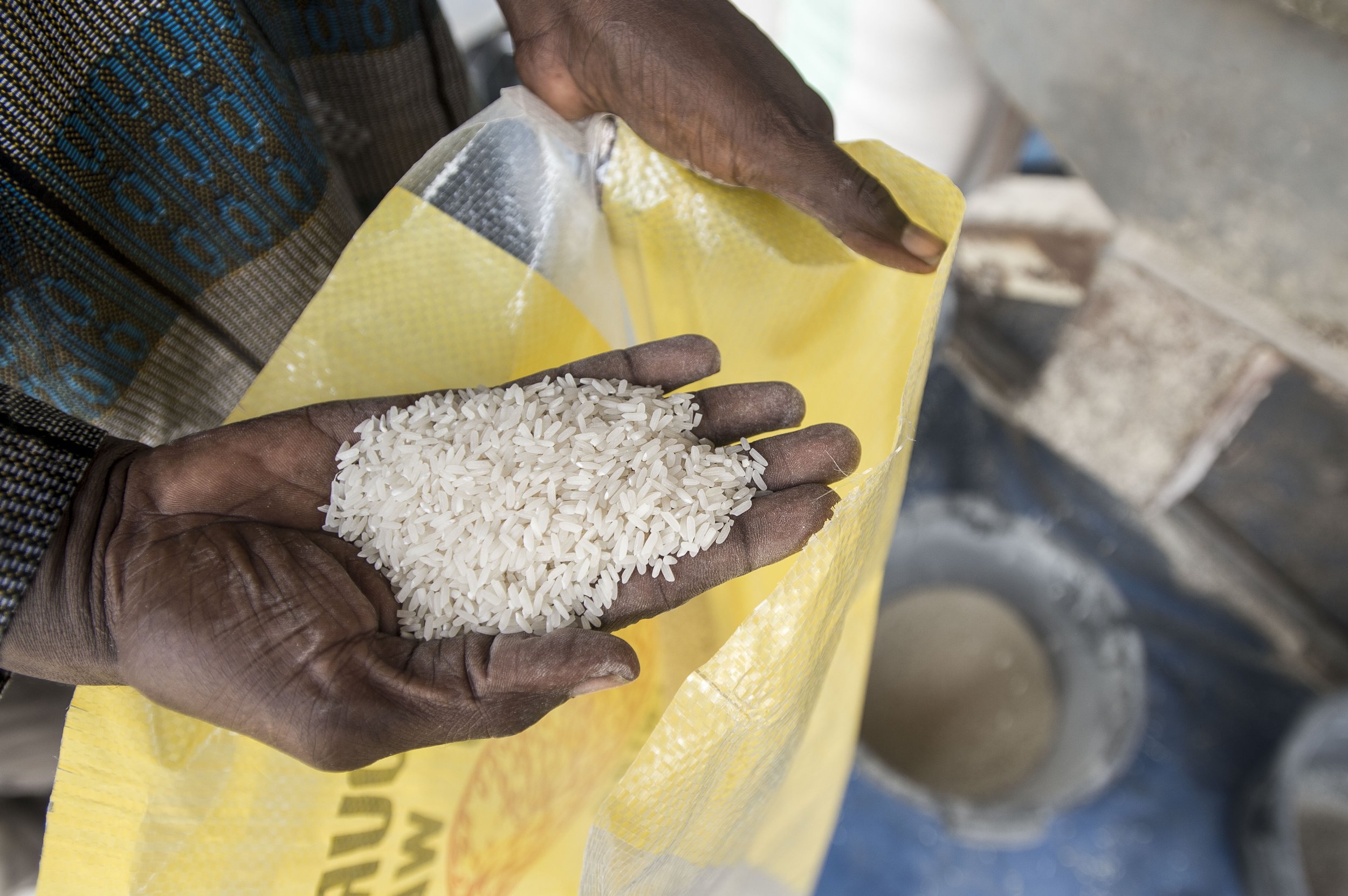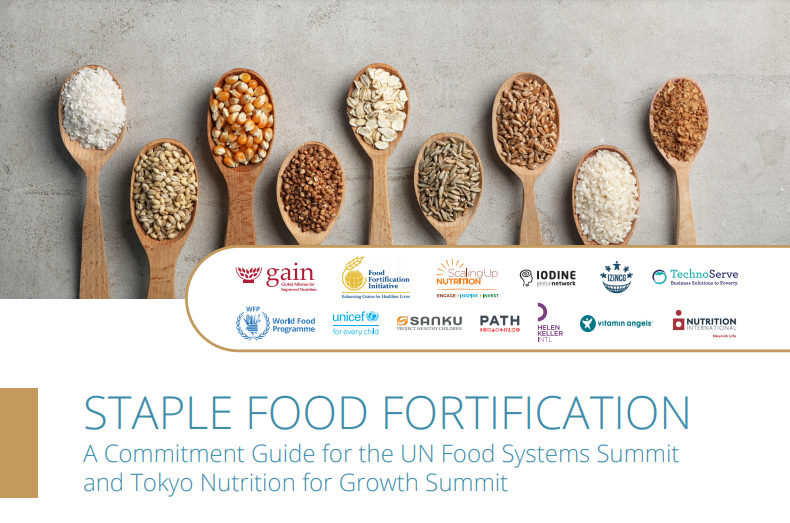The Food Fortification Initiative (FFI) and its partners are working to fill large-scale food fortification (LSFF) data gaps and make already-available LSFF data accessible and actionable for decision makers worldwide through two projects supported by the Gates Foundation.
Read MoreOn 24 October 2002, a public policy planning forum in Mauritius launched the network that became FFI. To celebrate our 20th birthday in 2022, we honored 20 fortification champions from different sectors and parts of the world.
Read MoreCSBP, FFI, GAPSBiF, and other partners campaign for World Health Assembly resolution on universal mandatory folic acid fortification to prevent disabilities and deaths in infants worldwide.
Read MoreFortification, and millers’ heroic role in fortifying foods, is not new. Starting over a century ago, fortification has a long history of improving health and virtually eliminating diseases like rickets, goiter, pellagra, and beriberi worldwide over the past 100 years.
Read MoreFrom 2007-2021, the Smarter Futures program helped make fortification of wheat flour, maize flour, and rice a reality in dozens of countries across Africa.
Read MoreWith a heavy heart, we share that our colleague Anna Verster passed away on 18 June 2021. For nearly 20 years, Anna provided invaluable insight and expertise as Senior Advisor for FFI. A lifelong advocate for food fortification, Anna’s work in Africa, the Middle East, and Europe has literally left an indelible imprint on the lives of millions.
Read MoreAhead of the UN Food Systems Summit, UN Climate Change Conference (COP26), and Tokyo Nutrition for Growth (N4G) Summit, FFI joined a range of food fortification experts to call on national governments, the private sector and donors to commit to fortification.
Read MoreOver the span of 18 years, FFI has employed 53 graduate students (including 24 through the Rollins Earn and Learn program), supervised 21 master’s theses and 8 practica and guest lectured for six different Rollins courses. In addition, seven students have co-authored publications and five have co-presented at conferences through FFI’s research program.
Read MoreUsing varied study designs (none of which can confirm causality), a recently published analysis found that after wheat flour fortification was implemented at large scale in countries, many health outcomes were improved.
Read MoreHalf of the countries that fortify maize and wheat flours with iron, zinc and vitamin B12 may need to update their standards to meet the World Health Organization’s (WHO) current recommendations, according to a recent study published in Food Policy.
Read MoreTo prevent a rise in malnutrition as a result of the pandemic, countries need to maintain food systems and support large-scale interventions like the fortification of staple foods. The frontline of every country’s health system are the immune systems of its people.
Read MoreA recent study published in Perspectives in Human Nutrition found that Colombian pre-school children who ate foods containing fortified wheat flour such as bread and pasta were less likely to have anemia than those who ate few fortified wheat flour foods.
Read MoreThe John D. and Catherine T. MacArthur Foundation today unveiled the Food Fortification Initiative (FFI) and its partners’ proposal as one of the highest-scoring proposals, designated as the Top 100, in its 100&Change competition for a single $100 million grant to help solve one of the world's most critical social challenges.
Read MoreA Cochrane systematic review on the benefits and safety of fortifying wheat or maize flour with folic acid and population health outcomes, led by scientists in the Division of Nutritional Sciences at Cornell, found that fortification with folic acid (the synthetic form of folate) may improve folate status and reduce the occurrence of neural tube defects.
Read MoreThe first shipment of fortified, imported rice arrived in Solomon Islands in June. “This will help prevent the adverse effects of nutritional deficiencies such as impaired cognitive development, low immunity, and birth defects of the spine and brain," said the Ministry of Health and Medical Services Permanent Secretary Pauline McNeil.
Read MoreA table which identifies the levels of 13 vitamin and minerals in 50 foods commonly consumed in Senegal is newly available. The food composition table, in conjunction with Household Consumption and Expenditure Surveys (HCES), can help estimate the potential nutrient contribution of food fortification programs.
Read MoreTwo-thirds of all countries mandate food fortification, yet many are not translating policy into improved nutrition, according to new data from the Global Fortification Data Exchange (GFDx) in English or in Spanish (en español). These countries are missing an opportunity to improve the health of children and mothers, bolster communities, and boost national economies.
Read More


















